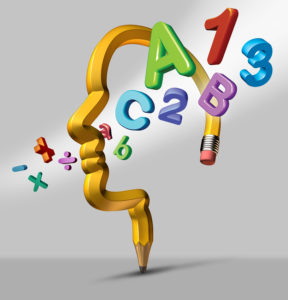The Science of Reading
from “The Science of Reading (A Response to the New York Times”, by David Hurford, the IDA Examiner Vol 9, Issue 1 https://dyslexiaida.org/the-science-of-reading-a-response-to-the-new-york-times
It is encouraging that the New York Times showed an interest in the very important issue of reading failure. It is critically important that everyone understands that a third of U.S. students do not read at the Basic Level, which represents a rudimentary ability to read, and that nearly two-thirds of our students do not read at the Proficient Level. And, although we would all agree that we need to do better, not everyone knows that we have the ability to do better right now.
Unfortunately, most of those who train pre-service teachers to teach reading are not using the scientific data that should be directing their pedagogy.

It needs to be strongly pointed out that the “Science of Reading” is not a methodology or system designed to teach reading. The Science of Reading, just like any other specific application of science, is a process that helps scientists discover the essence of reality. That is, the Science of Reading is everything that is known about reading, including how it should be taught.
More Than Phonics
In short, the Science of Reading is much more than just phonics. Phonics is only one component among many that must be taught to individuals learning to read. Phonics simply describes the relationship between the sounds of a language and how they are visually represented by symbols or letters. One of the important components of reading an alphabetically based writing system, such as English, is learning this code and how to use it.
However, the Science of Reading includes much more than learning this code, and it does not and has never suggested that phonics should be the sole method used to teach reading—phonics instruction in isolation is insufficient. The Science of Reading also includes the genetic and neurological bases of reading, the components of reading; phonological processing, sound-letter correspondences, decoding, synthesizing, word recognition, spelling, comprehension, writing systems and their influence on reading issues, how to teach reading, how to teach reading to struggling readers, and everything else related to reading.
The strategies that the Science of Reading have identified help all children, those with dyslexia, those who struggle to learn to read, and those who do not struggle to learn to read. So, why are we not using these processes? This is not only frustrating for parents, but also for the scientists who have studied and determined the best strategies to teach reading, legislators who are now writing laws to help children become competent readers, teachers who want to teach their students to read and, most importantly, children who are struggling to learn to read.
Becoming a Competent Reader
The first step is to guide the child through the process of the mechanics of reading; sound-letter correspondences, decoding, synthesizing, word recognition, fluency, vocabulary, spelling, comprehension, etc. If teachers are taught how to teach their students with the mechanics of reading and structured literacy, reading failure rates plummet. Once a student fully understands how to use the code, he or she will be on the path to becoming a competent reader. It is a challenging journey, but it is a journey that will lead to learning to read. Collectively, our goal is to help children become competent readers; using the scientific basis for teaching reading is how we will make this happen.
